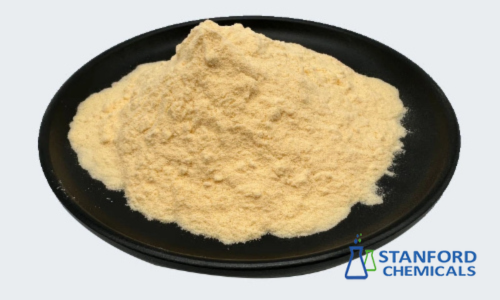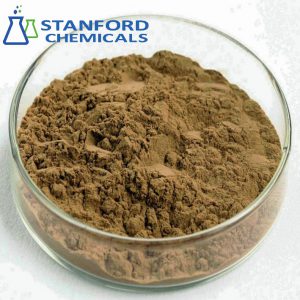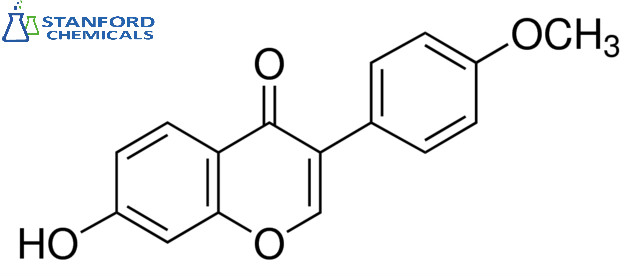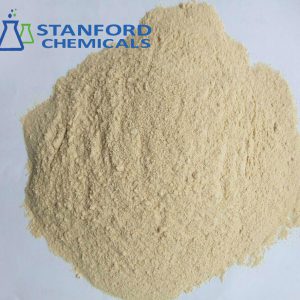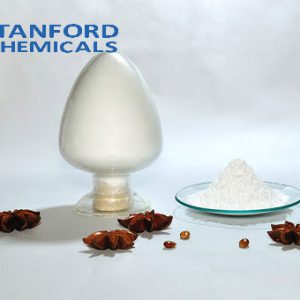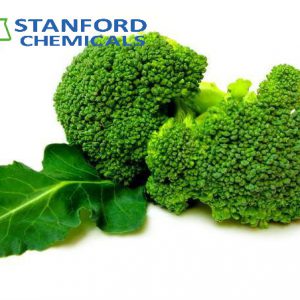- Home
- Herbal Extract
- HA6974 Hesperidin Powder (CAS No. 520-26-3)
HA6974 Hesperidin Powder (CAS No. 520-26-3)
| Parameter | Value |
| Material | Hesperidin |
| CAS Number | 520-26-3 |
| Molecular Formula | C28H34O15 |
| Purity | ≥98% (HPLC) |
| Appearance | Pale Yellow Powder |
Related Products: Dihydroartemisinic acid powder, Artemisinic Acid Powder, Oxymatrine Powder,Glycyrrhetinic Acid Powder
- Description
Description
Hesperidin powder is a flavonoid glycoside compound (hesperetin-7-O-rutinoside) consisting of the aglycone hesperetin linked to the disaccharide rutinose. This fine powder ranges in color from pale yellow to off-white, with a characteristically bitter taste and minimal odor.
Key Characteristics:
| Melting point | 252-256°C | |
| Optical rotation [α]D²⁰ | -76° (c=2, in pyridine) | |
| Solubility | Cold water | ~0.01% (1:10,000) |
| Boiling water | ~2% (1:50) | |
| Methanol | ~1% (1:100) | |
| Dilute alkaline solutions | Readily soluble (forms yellow salts) | |
| UV absorption maxima (methanol) | 283 nm, 325 nm | |
| IR spectrum | C=O stretch | 1640 cm⁻¹ |
| Glycosidic bond | 1070 cm⁻¹ | |
| NMR signals (δ) | 5-OH | 12.02 |
| H-2′, H-5′ | 6.90 | |
| H-1” | 5.35 | |
| Crystal structure | Monoclinic (P2₁ space group) | |
Stability & Storage:
- Sensitive to UV light (>50 klux hours exposure)
- pH-dependent hydrolysis (unstable at pH <4.5 or >7.0)
- Thermal decomposition begins at 230°C (nitrogen atmosphere)
- Hygroscopic (moisture absorption <5% at 85% RH)
- Recommended storage: airtight container, protected from light
Hesperidin Powder Specifications
Properties
| Property | Value |
| Material | Hesperidin |
| CAS Number | 520-26-3 |
| Molecular Formula | C28H34O15 |
| Purity | ≥98% (HPLC) |
| Appearance | Pale Yellow Powder |
| Molecular Weight | 610.56 |
*The above product information is based on theoretical data. For specific requirements and detailed inquiries, please contact us.
Applications of Hesperidin Powder
1. Pharmaceutical Uses
As an active pharmaceutical ingredient in:
- Chronic venous insufficiency treatments
- Hemorrhoid management products
- Capillary fragility reduction formulations
Available in tablet, capsule, and topical cream forms
2. Nutraceutical Applications
Key component in dietary supplements for:
- Vascular health support
- Antioxidant formulations
- Anti-inflammatory products
Commonly formulated as capsules, softgels, and effervescent powders
3. Food & Beverage Industry
Functional additive in:
- Citrus-flavored drinks
- Health food bars
- Fortified dairy products
Provides antioxidant benefits without affecting taste
4. Cosmetic Formulations
Valued for:
- UV protection properties
- Anti-aging effects
- Skin damage prevention
Used in serums, creams, and sunscreen products
5. Veterinary Medicine
Animal health applications:
- Poultry and livestock feed supplements
- Vascular support
- Non-antibiotic anti-inflammatory
6. Agricultural Uses
- Natural plant growth promoter
- Biopesticide enhancer
- Crop stress resistance booster
7. Research & Analytical
- HPLC reference standard
- Flavonoid quantification
- Botanical extract analysis
8. Industrial Applications
- Textile dye stabilizer
- Eco-friendly metal corrosion inhibitor
- Chelation agent in specialty formulations
Hesperidin Powder FAQs
Q1. What is the effect of temperature on solubility?
High thermal dependence: insoluble in cold water (<0.01% w/v at 25°C), soluble in boiling water to a limited degree (2% w/v at 100°C), and easily soluble in 0.1M NaOH solutions (≥50 mg/mL). Solubility of ethanol is 1:120 (w/v) at 60°C.
Q2. What are the stability conditions of significance?
The powder retains stability for 36 months at 15-25°C and ≤60% RH in tightly closed containers. The degradation is accelerated in the presence of UV radiation (>50 klux exposure) or at abusive pH conditions (<4.5 or >8.0), leading to the hydrolysis of glycosidic bonds.
Q3. Do crystalline forms affect functionality?
Yes, the β-polymorph (monoclinic P2₁) has improved dissolution kinetics and bioavailability compared with amorphous varieties, and XRD peaks at 6.8°, 12.2°, and 27.4° 2θ are characteristic.

